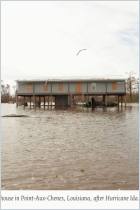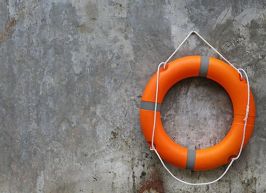
Hurricane Ian hit southwest Florida just as the state put historic amounts of money into climate resilience.
Now officials have to move faster.
Recommendation
Hurricane Ian destroyed entire communities in southwestern Florida, and left death, debris, sewage and toxic waste in its wake. Ian caused at least $75 billion in damages and more than 100 deaths, even as Florida had started to invest hundreds of millions of dollars to make itself more resilient. Still, the risks from such aren’t limited to Florida or to the coasts. As Catherine Boudreau reports for Business Insider, the massive rains Ian brought flooded inland regions also. As she notes, strengthening the United States’ infrastructure against massive storms such as Ian and other climate change–related natural disasters, including floods and wildfires, will take years and cost billions.
Summary
About the Author
Catherine Boudreau is senior sustainability reporter at Business Insider.























Comment on this summary or 开始讨论